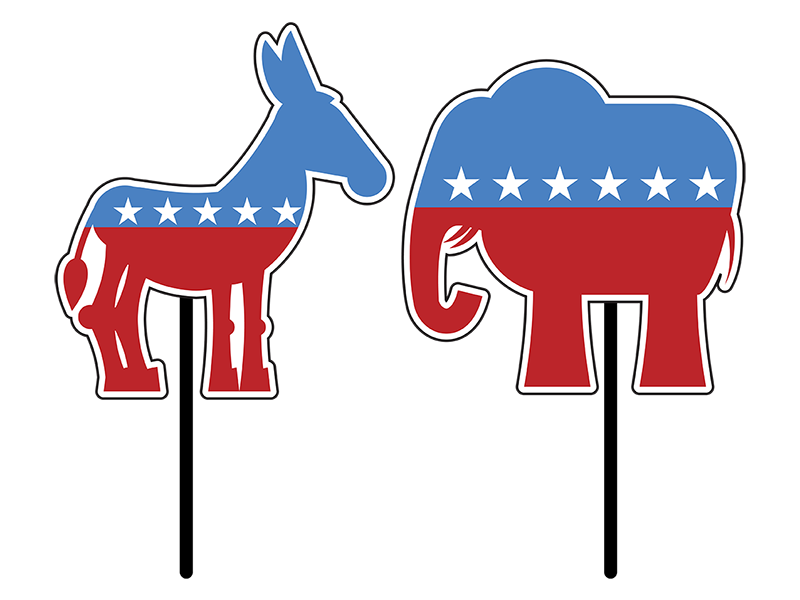According to Ballotpedia’s January partisan count of the 7,383 state legislators across the United States, 54.27% of all state legislators are Republicans and 44.86% are Democrats. Ballotpedia did not provide partisan counts for December 2020 because the number and partisan affiliation of state legislators fluctuated as officeholders were sworn in and out of office following the general election.
Ballotpedia tallies the partisan balance of state legislatures at the end of every month. This refers to which political party holds the majority of seats in each chamber. Prior to the general election, Republicans held a majority in 59 chambers and Democrats held a majority in 39 chambers. Alaska’s state House was the only chamber to have a power-sharing agreement between the two parties. Since the election, Republicans control 61 chambers, while Democrats hold 37. As of Jan. 29, control of Alaska’s state House remained undetermined.
Nationally, the state legislatures include 1,953 state senators and 5,366 state representatives. Democrats hold 864 state Senate seats—losing 10 since November—and 2,448 state House seats, a loss of 117. Republicans hold 4,007 of the 7,383 state legislative seats—1,089 state Senate seats (up five since November) and 2,918 state House seats, an increase of 134. Independent or third-party legislators hold 36 seats, of which 31 are state House seats and five state Senate seats. There are 28 vacant seats.
During the month of January, Democrats saw a net change of -127 seats, while Republicans saw a net change of +139 seats. Democrats gained seats in New York, Massachusetts, Connecticut, and Georgia, while Republicans gained seats in New Hampshire, West Virginia, Ohio, South Carolina, Florida, Kentucky, Arkansas, North Dakota, South Dakota, Montana, Wyoming, Oregon, and Nevada. Both parties gained seats in Vermont and Missouri.
Additional Reading:


